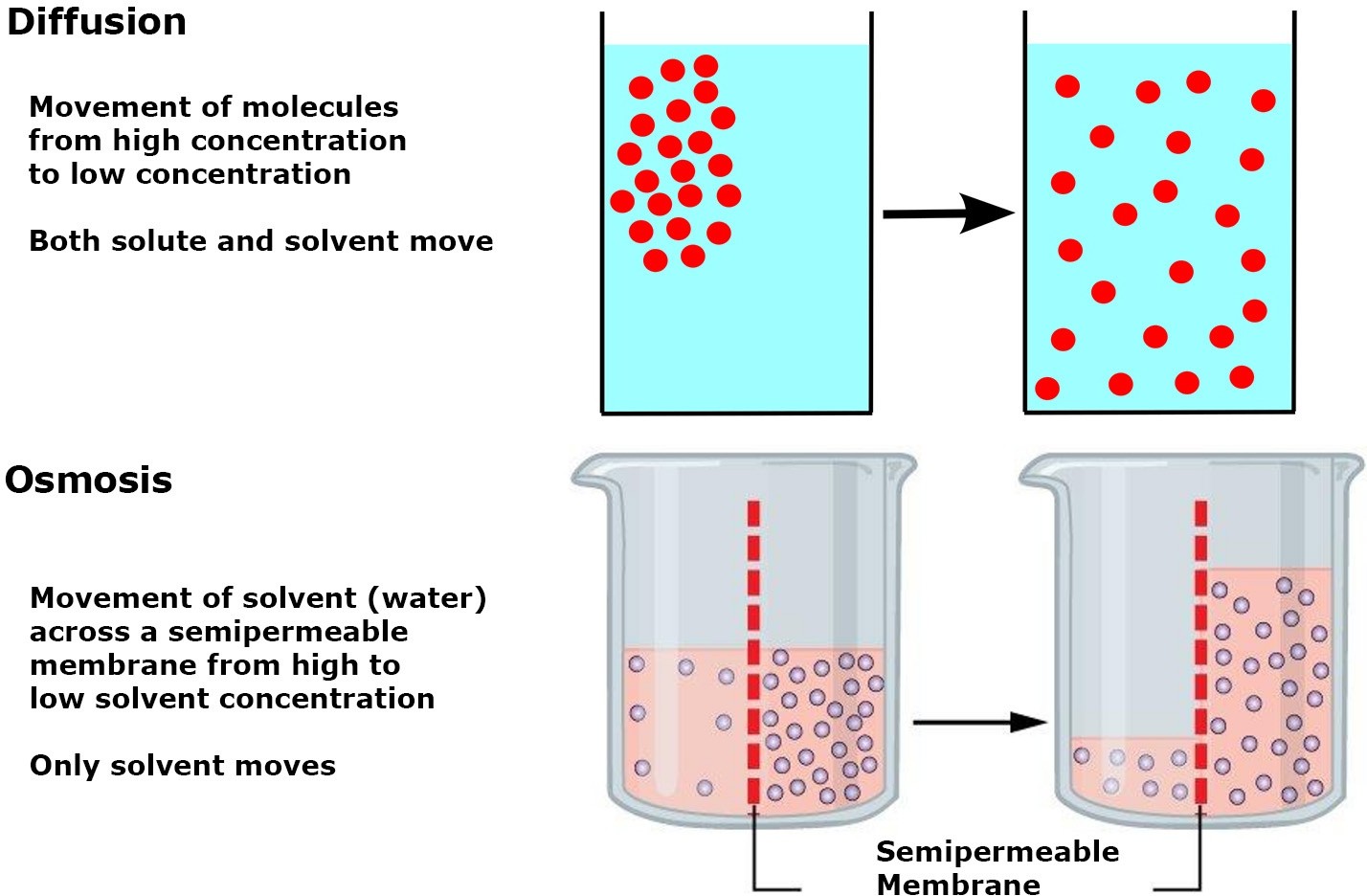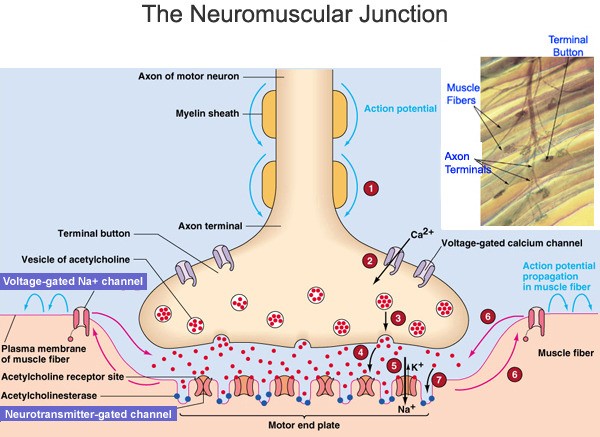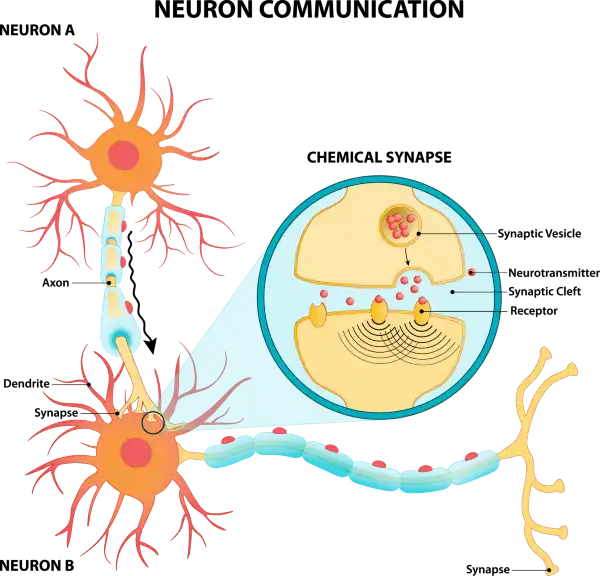Which factor is primarily responsible for the movement of water across cell membranes in osmosis?
A. Hydrostatic pressure of the solution.
B. Concentration of solute particles in the solution.
C. Temperature of the solution.
D. Kinetic energy of liquid water molecules .
Concentration of solute particles in the solution.
Osmosis is the movement of water across a semipermeable membrane from an area of lower solute concentration to an area of higher solute concentration.

The concentration of solute particles in the solution is the primary factor that determines the movement of water across cell membranes in osmosis.
Hydrostatic pressure (choice A) can affect the movement of water across cell membranes but is not the primary factor responsible for osmosis.
Temperature (choice C) can affect the rate of osmosis but is not the primary factor responsible for osmosis.
Kinetic energy of liquid water molecules (choice D) can affect the rate of osmosis but is not the primary factor responsible for osmosis.
Therefore, the Correct Answer is B.




